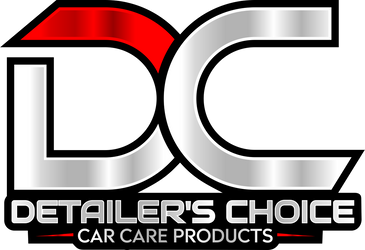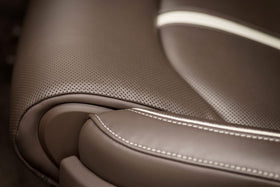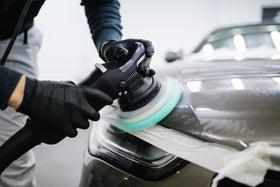
Which Car Washing Method is Right for You: A Comparison of Waterless, Rinseless, and Traditional
Car washing is an essential part of car maintenance and can help to keep your vehicle looking its best. With so many different methods available, it can be difficult to know which one is right for you. In this article, we will explore the differences between waterless wash, rinseless wash, and traditional car washing, and help you to understand the benefits and drawbacks of each method.
Waterless Wash
A waterless wash is a quick and convenient way to clean your car without using a hose or a bucket of water. The idea is to use a cleaning solution in the form of a spray or a towel to remove dirt and grime from the surface of your car. Waterless washes are designed to be used on a dry surface, and the cleaning solution helps to lift dirt and debris away from the paint so that it can be wiped away with a microfiber towel.

Benefits:
- Quick and convenient: Waterless washes are a fast and easy way to clean your car, making them perfect for people who are short on time.
- Environmentally friendly: Because they don't use much water, waterless washes are a more environmentally friendly option than traditional car washing.
- Can be used anywhere: With a waterless wash, you don't need a hose or a bucket of water, so you can clean your car anywhere, even in areas with water restrictions.

Drawbacks:
- Not as thorough: Waterless washes are a quick and convenient option, but they don't provide the same level of clean as a traditional car wash.
- Can be more expensive: The cleaning solution used in a waterless wash can be more expensive than traditional car washing products, and the microfiber towels used to clean the car can also add to the cost.
Rinseless Wash
A rinseless wash is similar to a waterless wash, but it involves using a small amount of water, typically in the form of a bucket of water mixed with a cleaning solution. The idea is to use the soapy water to clean your car, and then to use a microfiber towel to remove the dirt and debris from the surface of your car. Rinseless washes are a more thorough option than waterless washes, but they still use less water than a traditional car wash.

Benefits:
- Environmentally friendly: Rinseless washes use less water than traditional car washing, making them a more environmentally friendly option.
- Thorough clean: Rinseless washes provide a deeper clean than waterless washes, but without using as much water as a traditional car wash.
- Can be used anywhere: Like waterless washes, rinseless washes don't require a hose, so they can be used anywhere, even in areas with water restrictions.

Drawbacks:
- Not as fast as waterless washes: Rinseless washes are more thorough than waterless washes, but they are also slower and require more effort.
- Can be messy: Rinseless washes can be messier than waterless washes, as you need to use a bucket of water and a towel.
Traditional Car Wash
A traditional car wash involves using a bucket of soapy water, a wash mitt, and a hose to rinse the soap away. The idea is to use the soapy water to remove dirt and grime from the surface of your car, and then rinse it away with water. This method is more thorough and will typically result in a clearer and shinier finish than waterless or rinseless washes, but it also uses more water.

Benefits:
- Thorough clean: Traditional car washes provide a deeper clean than waterless or rinseless washes.
- Clear and shiny finish: The water and soap combination can help to remove stubborn dirt and grime, leaving your car looking clearer and shinier.

Drawbacks:
- Water usage: Traditional car washes use a lot of water, making them less environmentally friendly.
- Can be time-consuming: Traditional car washes require more time and effort than waterless or rinseless washes.
- Can be messy: Traditional car washes can be messy, as you need to use a bucket of water, a wash mitt, and a hose.
In conclusion, each of the three car washing methods has its own unique benefits and drawbacks. If you are looking for a quick and convenient option, a waterless wash may be the best choice for you. If you want a more thorough clean but don't have access to a hose, a rinseless wash might be the way to go. And if you want the best clean possible and don't mind using more water, a traditional car wash might be the best choice. Regardless of which method you choose, it's important to use high-quality cleaning products that are safe for your car's paint and to avoid using anything that is too abrasive, as that can scratch the surface of your car.



Leave a comment